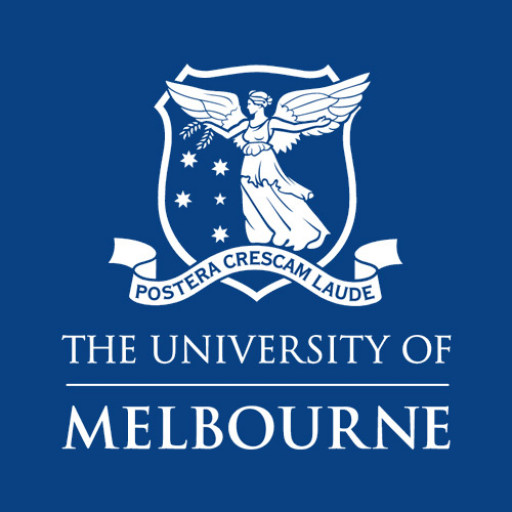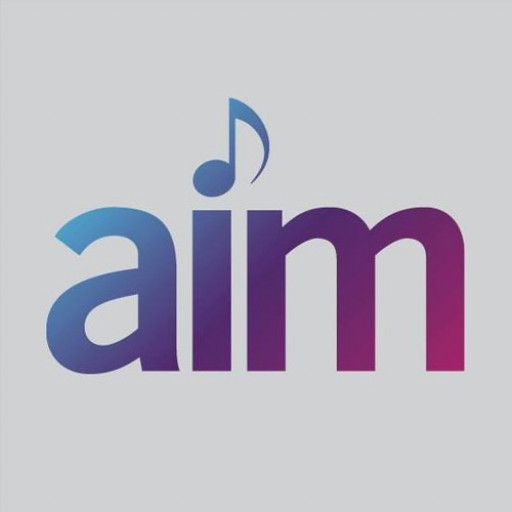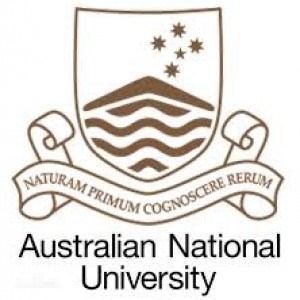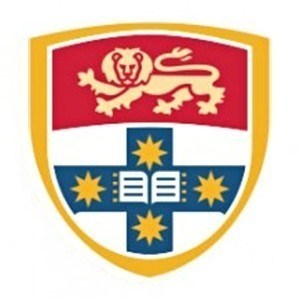Photos of university / #unimelb
The Bachelor of Fine Arts (Interactive Composition) at the University of Melbourne offers students a unique opportunity to explore the integration of digital technology, music, sound design, and performance. This innovative program is designed for aspiring artists who wish to develop their skills in creating interactive and multimedia artworks that engage audiences through cutting-edge technological interfaces. Over the course of the degree, students will gain comprehensive knowledge of compositional techniques, sound engineering, computer programming, and interactive media production, enabling them to craft immersive artistic experiences across diverse platforms. The program emphasizes hands-on learning, encouraging students to experiment with new forms of expression and to collaborate across disciplines such as music, visual arts, and performance arts. Students will have access to state-of-the-art facilities, including dedicated studios and computer labs equipped with the latest software and hardware for digital composition and live electronic performance. The curriculum covers essential topics such as algorithmic composition, interactive system design, installations, sound synthesis, and user experience design, preparing graduates for careers in performance, media production, game design, advertising, and digital arts organizations. The university's strong links with industry partners and creative communities provide valuable networking opportunities, internships, and exposure to current industry practices. Throughout the program, students are encouraged to develop their own artistic voice, push technological boundaries, and contribute to the evolving landscape of digital and interactive arts. Upon graduation, alumni will be equipped with the artistic, technical, and conceptual skills necessary to innovate within a rapidly changing creative sector and to pursue further postgraduate study if desired. The Bachelor of Fine Arts (Interactive Composition) aims to nurture creative ambition, technical proficiency, and critical thinking, enabling graduates to become leading contributors to contemporary interactive media arts.
| SEMESTER 1 AND 2 | |
|---|---|
| POINTS | |
| Research MethodsCORE | 12.5 |
| Research SeminarCORE | 12.5 |
| RHD FIRST HALF YEAR, RHD SECOND HALF YEAR | |
|---|---|
| POINTS | |
| Research Project CMusCORE | 0 |
1. In order to be considered for entry, applicants must have completed:
- a Bachelor of Music (Honours) degree, or equivalent, with at least an H2A (75%) weighted average; and for
- Music Performance (including conducting), and Jazz & Improvisation: a satisfactory audition
- Composition: a satisfactory composition folio
- Musicology/Ethnomusicology, Music Psychology & Performance Science, and Music Therapy: a satisfactory piece of scholarly writing
- Interactive Composition: a satisfactory interactive composition folio
and
- Submit a Research Proposal (except for Music Performance and Composition)
Exceptional applicants, with substantial professional experience, can be considered for entry into Master of Music (Jazz & Improvisation) and the Master of Music (Interactive Composition) without meeting the requirement of completion of an honours degree or equivalent.
Meeting these requirements does not guarantee selection.
2. In ranking applications, the selection committee will consider:
- prior academic performance
- the composition folio, audition, or piece of scholarly writing
3. The selection committee may seek further information to clarify any aspect of an application in accordance with the Selection and Admission into Graduate Research Courses Policy
4. Applicants are required to satisfy the university’s English language requirements for graduate courses. For those applicants seeking to meet these requirements by one of the standard tests approved by the Academic Board, performance Band 6.5 is required.
ADDITIONAL REQUIREMENTS
You are required to complete a research proposal of 1,000 words that accompanies your application. This proposal must include:
- Title;
- Statement of the project’s central concern(s) or ‘Research Question”
- Explanation of the conceptual framework of the project and/or summary of the research methods to be used
- An argument for the relevance and importance of the project
- Description of the nature of the final submission – the form that the body of creative work will take and how it will be presented; the nature of the dissertation and its relationship to the body of creative work
- An outline of the methodology or approach you intend to take and what you intend to do. For example:
- Identify whether the research is qualitative, quantitative or practice-led research
- In practice-led research, identify the specific techniques / technologies and approaches that are central to the research
- Identify if the research involves analysis of primary works (including a list of the works and performances)
- Bibliography – identify some of the key literature, artworks and performances and so on that informs your proposed work
Your application will be reviewed by our Selection Committee. If you are shortlisted, the Research Office will contact you after the application closing date with an interview time (interviews are normally held in November). If you are unable to attend the interview in person, your application and supporting material will provide the basis for an online or telephone interview.
Your interview will take 30 minutes and be conducted by a panel of 3 to 5 people. The purpose of the interview is to ascertain the scope of your intended research project, and your ability to successfully realise the intended project within a practice-led research environment.
A folio is required at the interview. Applicants unable to attend an interview must submit their folio by the closing date.
Applicant’s folios will not be returned. Do not send original recordings/scores/show reels.
The folio must contain recordings of 3 or 4 of your original compositions, at a total duration of 15 minutes. This can include audio visual recordings of your original music from any source such as: pop songs, concert music, band music, laptop performance, hip-hop rapping, music theatre music, film music, or music for dance or other media, such as music for games, advertising and web use. If appropriate include music scores and/or charts depending on your background.
The folio will be evaluated on the level of compositional craft and creativity, and suitability for Interactive Composition research.
Scholarships
International graduate researchers can apply for the International Postgraduate Research Scholarships (IPRS), the Melbourne International Research Scholarships (MIRS) and the Melbourne International Fee Remission Scholarships (MIFRS).
Scholarship benefits include tuition fee waivers, as well as living, relocation and thesis allowances. To apply for a University scholarship(s) please complete the relevant section of the ‘Application Form for Admission to Graduate Research Degree Candidature and Scholarship’ (there is only one form to apply for both a place in a research degree and for a research degree scholarship) and ensure you select all scholarships you wish to apply for.
The Master of Interactive Composition at the University of Melbourne is a cutting-edge program designed for those interested in exploring the intersection of music, technology, and interactive media. This degree aims to cultivate innovative composers, sound artists, and media creators who can develop dynamic, interactive works across various platforms, including installation art, video games, virtual reality, and digital performance. The curriculum combines traditional compositional techniques with advanced digital audio production, programming, and new media skills, equipping students with the ability to craft responsive, immersive sound environments.
Students in the program engage with a wide range of technologies such as Max/MSP, Pure Data, SuperCollider, and Unity, allowing for the creation of interactive audio-visual experiences. The coursework includes modules on sound design, algorithmic composition, sound spatialization, and user experience design, emphasizing both technical proficiency and artistic innovation. The program also emphasizes collaboration with artists from other disciplines, fostering an interdisciplinary approach that reflects contemporary practices in digital arts and media.
The program is suitable for individuals with a background in music, media arts, computer science, or related fields who seek to develop expertise in interactive composition. It often involves workshops, live performances, and project-based assessments, providing students with practical experience and opportunities to showcase their work. Graduates of the program are well-equipped for careers in contemporary music composition, media arts, game development, and interactive media production.
The University of Melbourne offers various facilities and laboratories dedicated to digital arts and media research, supporting students' creative and technical endeavors. Moreover, the program is taught by faculty members who are established practitioners and researchers in the field of interactive composition, ensuring an education that is both theoretically grounded and practically relevant. Overall, the Master of Interactive Composition combines artistic experimentation and technological innovation to prepare students for the rapidly evolving landscape of digital media arts.







